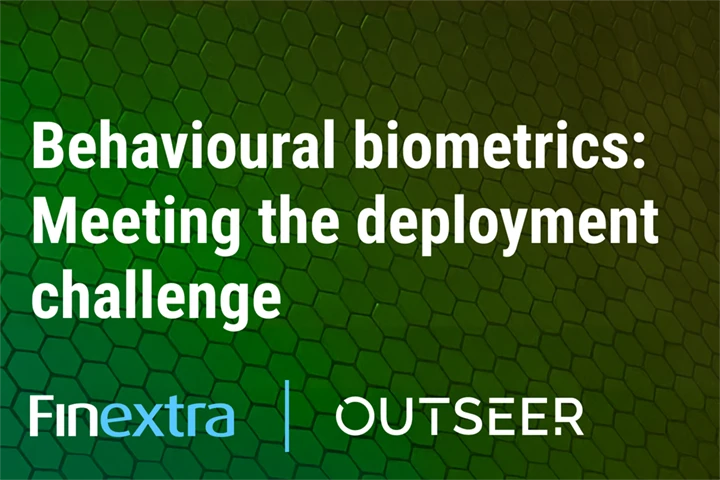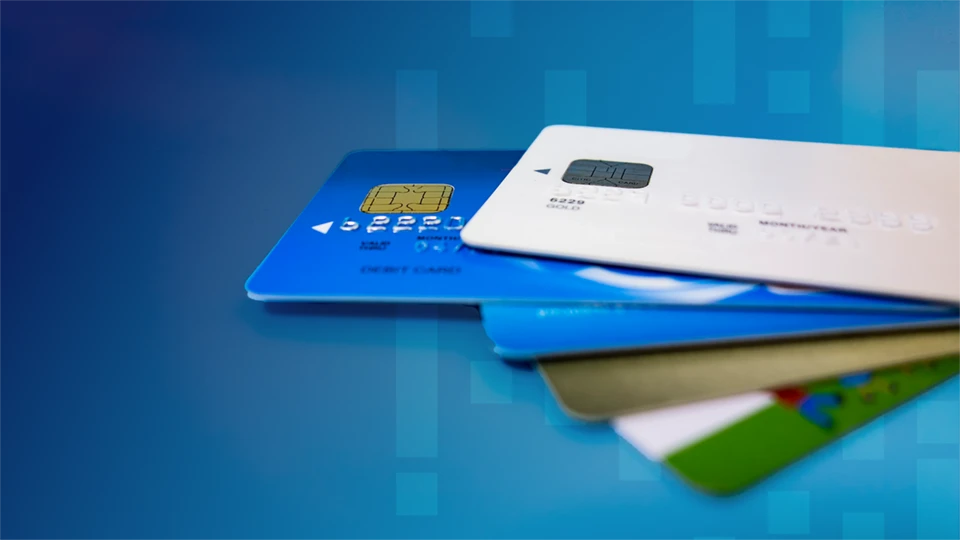The Global Data Network powers the Risk Engine
The Outseer Global Data Network is a collaborative data consortium that aggregates signals from millions of transactions across thousands of the largest financial institutions worldwide. By using these shared network signals, financial institutions can proactively identify fraud or attempted fraud.
The Risk Engine creates a risk score
The Risk Engine takes the data signals from the digital transaction, along with first- and third-party data, and data from the Global Data network, to assign a preliminary risk score. This score is normalized, providing your team with predictable intervention rates.
The score informs a decision made through the Policy Manager
The Policy Manager decisions the normalized score to determine if this transaction should be allowed, warrants a step-up authentication, or should be denied. All of these steps occur in milliseconds, allowing your customer to have a seamless experience, while still being protected from fraud.
Transactions can be reviewed in the Case Manager
Decisions made by Policy Manager to identify potential fraud, can be reviewed in Outseer’s Case Manager, where the risk model publishes up to ten AI explainability indicators for the score produced for each transaction, showing the signals that contributed most to the final score, along with a summary of some of the most relevant data points.








